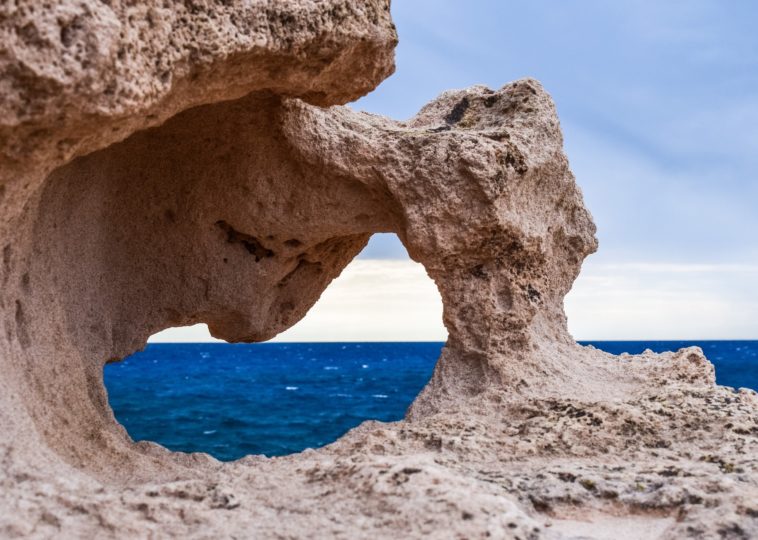The 6 Unforgettable Geological Rock Formations in the U.S.

Contents [hide]
Weathering and erosion lead to the formation of many geological wonders on Earth. Like a patient artist, nature carved a large number of breathtaking rock formations around the world, taking millions of years to create through the action of wind, rain, and other natural forces.
Given the vastness and variance of the continental United States, it should be no surprise that many exciting rock formations exist. Here are some of the most fascinating that the nation has to offer. The Earth has many seemingly impossible rock formations thanks to millions of years of erosion, soil movement, and natural forces.
Angels Landing, Utah

Angels Landing, formerly the Temple of Aeolus, is a 454 m high rock formation in Zion National Park in southwest Utah. A path cut into solid rock in 1926 leads to the top of the Angels Landing and offers a view of the Zion Canyon.
Angels Landing is one of the defacto classic hikes in Zion and one of the most breathtaking viewpoints you’ll ever experience, but it’s not recommended for anyone with a fear of heights. Angels Landing is a unique fin-like mountain formation that protrudes into the middle of the main canyon.
Tufa Towers, California

This unusual rock formation can be found in Mono Lake, the shallow saltwater lake in California. Mono Lake has a high concentration of salt and no discharge into the ocean. The underwater source of this lake is enriched with calcium. Mixing carbonates in the lake with calcium from the source causes a chemical reaction and limestone formation.
It took several decades for these residues to form and tuff towers to develop. These limestone towers are 30 feet tall and have an unusual shape. The only species that survive within the saltwater of Mono Lakes are brine shrimp. Millions of migratory birds also visit Mono Lake annually.
Spider Rock, Arizona

Spider Rock is one of the remarkable sites in Canyon De Chelly National Park in northeastern Arizona. This red sandstone is 750 feet high. It is the last remnant of the erosion process of the creek and slope, which makes the gorges ever more profound and broader.
According to the mythology of Navajo culture, Spider Rock was once the home of the Spider Woman, who protected people from evil and kept the peace on this land. It is also used as a threat to children who are told that if they do not behave, Spider Woman will come down from their rock and take bad children away.
Elephant Rocks, Missouri

Elephant Rocks State Park in central-eastern Missouri is home to huge boulders that scientists say are 1.5 billion years old. These huge rocks look like a train of elephants strung together as the park got its name. Visitors can climb to the top of these boulders for a breathtaking view of the surrounding landscape.
An easy way to see the rocks is from the Braille Trail, specially developed for people with visual and physical disabilities. The path winds through the central area of the stones. An off-road extension leads back to the ruins of an old railway engine house, a remnant of the area’s quarry and railway history.
Natural Bridge, Virginia

It is a natural limestone arch in West Virginia. The US 11 Highway also runs over this natural Virginia bridge. Across the nation in Central Virginia is an equally fascinating, if somewhat less exotic, formation known as Natural Bridge. As the name suggests, Natural Bridge is a 250 ft natural arch that forms a bridge over Cedar Creek.
Geologists believe that the bridge is probably the last remnant of the roof of a cave or tunnel through which the stream flowed—carved its way through the limestone that composes much of the surrounding mountainous terrain. It is one of the major tourist attractions and historical landmarks of Virginia.
Phantom Ship, Oregon

Phantom Ship is a landmark on Crater Lake in Oregon. Viewed from Rim Road, this rock formation will capture the imagination of both teenagers and adults alike. The island’s andesite peaks resemble a pirate ship, especially if you visit the park on a foggy day. Amazingly, several trees grow on it.
There are few trees on the island, but they include nine species of conifers. The island was founded almost 400,000 years ago and spoke of the region’s volcanic history. The rock has been altered by hydrothermal activity caused by the volcano slumbering under the park.


